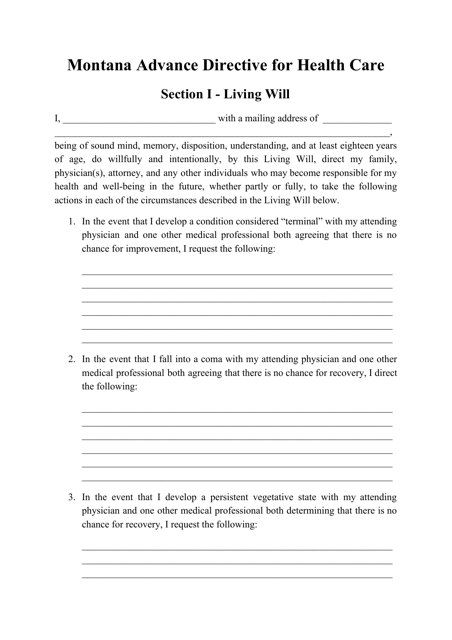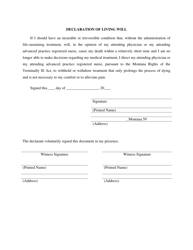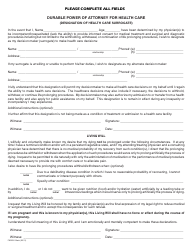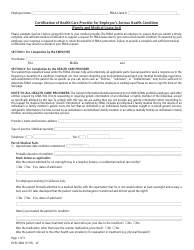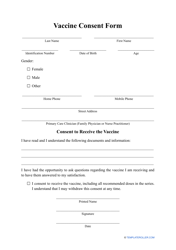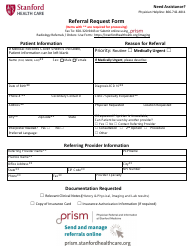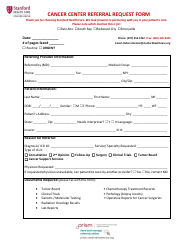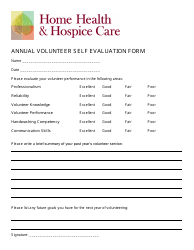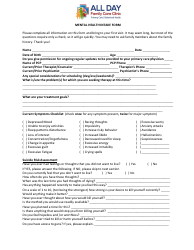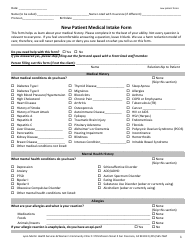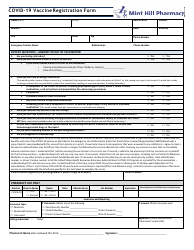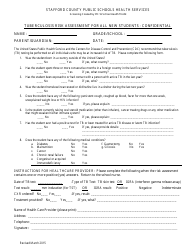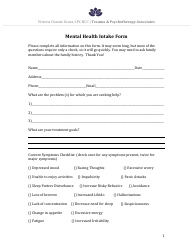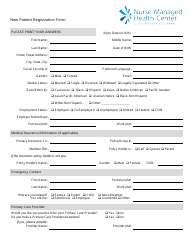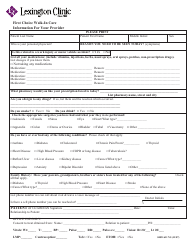Advance Directive for Health Care Form - Montana
A Montana Advance Directive is a set of written legal instructions regarding an individual's wishes and preferences for medical care that become effective in the events when they are unable to make decisions for themselves. If a patient does not have their health care wishes specified, these decisions can be placed in the hands of family members, doctors, or even judges, who may know very little about what the patient prefers. The document is defined by § 50-9-102 and regulated by Title 50 (Health and Safety) Chapter 9 (Rights of the Terminally Ill Act) and must be signed by two (2) witnesses.
There is a difference between this form and a Living Will in Montana. Advance directives come into force in all cases when an individual is too ill to communicate or unconscious. A Living Will is a specific type of directive that takes effect when a patient is terminally ill and only lists decisions about life-sustaining medical procedures.
You can download a ready-made version of the document below or make your own form with our form builder.
What Is a Montana Advance Directive?
An Advance Directive is a set of forms that specify an individual's medical treatment preferences and become effective if the individual becomes terminally ill, is seriously injured, in the late stages of dementia or in a coma. The set includes a Living Will and a Medical Power of Attorney - otherwise known as a Health Care Power of Attorney or a Health Care Proxy.
- Living Wills are written for health care professionals and specify the types of life-prolonging treatments or procedures to perform if the individual is in a terminal condition or in a persistent vegetative state.
- A Medical Power of Attorney allows the individual to name a health care proxy to make medical decisions if they become unable to make those decisions for themselves. It is important that the designated proxy knows and understands the patient's wishes and preferences and has a written copy of the Advance Directive for Health Care.
How to Write an Advance Directive in Montana?
Advance Care planning is a four-step process:
STEP 1 - Electing an agent to make health care decisions on the patient's behalf.
STEP 2 - Expressing wishes about any limitations in medical treatment - CPR, breathing machines, feeding tubes, and antibiotics.
STEP 3 - Making decisions related to organ and tissue donation and stating preferences regarding the funeral, burial and the disposition of remains.
STEP 4 - Signing, dating and witnessing the form according to the applicable Montana law. Copies of the completed form should be handed out to the agent, the physician, the patient's family and to the health care facility.
